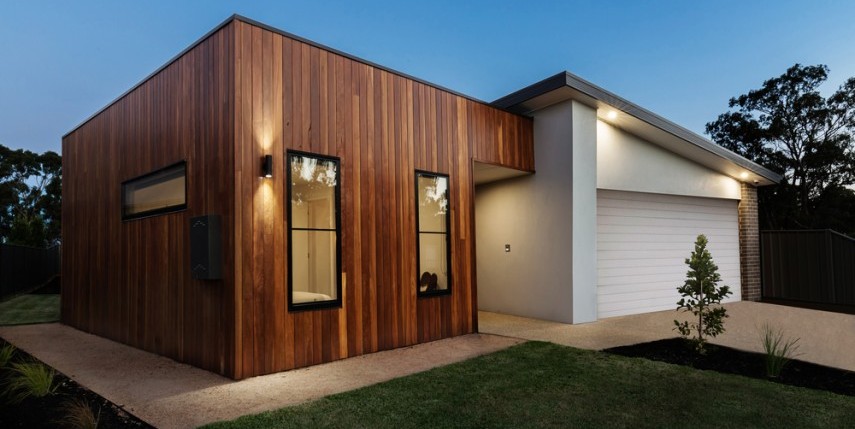Keep Your Home Warm With This Biodegradable Wood

Pollution is killing us faster, data show, and we humans have nobody but ourselves to blame. Since awareness around the issue is growing, people are becoming more conscious about it, and are willing to make lifestyle changes in order to control the damage they have been causing the environment around them. On their part, scientists have been inventing new building materials that are friendlier towards the environment.
Scientists in Sweden have, for instance, introduced a new energy-saving building material.
This biodegradable transparent timber is known to have properties that allow it to absorb the heat during the day, and using the same heat to keep the home warm during cold nights.
Also Read: How IIT Bombay Students Built India's First Smart Home
Here are some interesting facts about this heat-absorbing wood:
- This wood is known to be energy saving as it has the ability to trap the heat during the day and release into the structure when the indoor temperature falls. This helps in cutting down on the energy use in the building.
- The wood is also known to hold heavy load, making it apt to be a construction material.
- The wood is made to be nearly transparent as the light-absorbing component in the wood’s cell, known as lignin, is removed. This component is replaced by polyethylene glycol (PEG), which stores heat.
- The wood is also covered with acrylic that keeps the light intact in the almost porous wood. This makes the wood not only transparent but also strong.
- This product is being seen as a replacement to glass windows that absorb heat during the day but do not release it indoors during the cold nights.
- Being biodegradable means that the wood can easily be discarded without any harm to the nature apart from acrylic. “The only part that is not biodegradable is the acrylic, but this could be replaced by another bio-based polymer,” the researchers said in a DailyMail report.
- This product, the research expect, could hit the market in the next five years for interior design use.
Also Read: How existing buildings can be converted into energy-efficient structures
